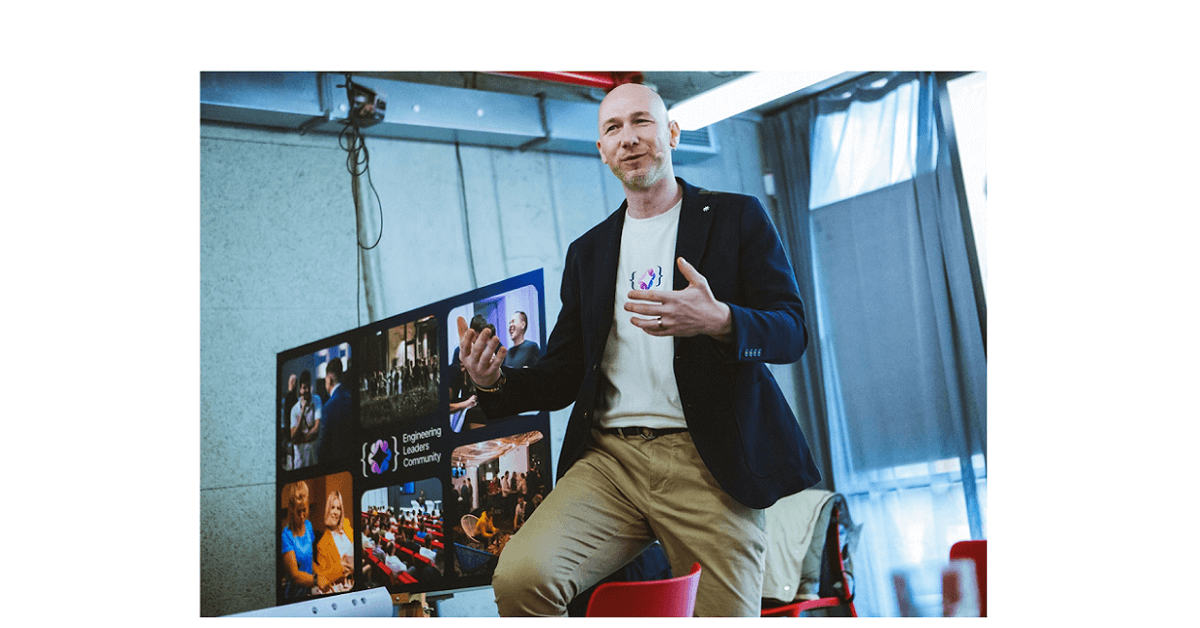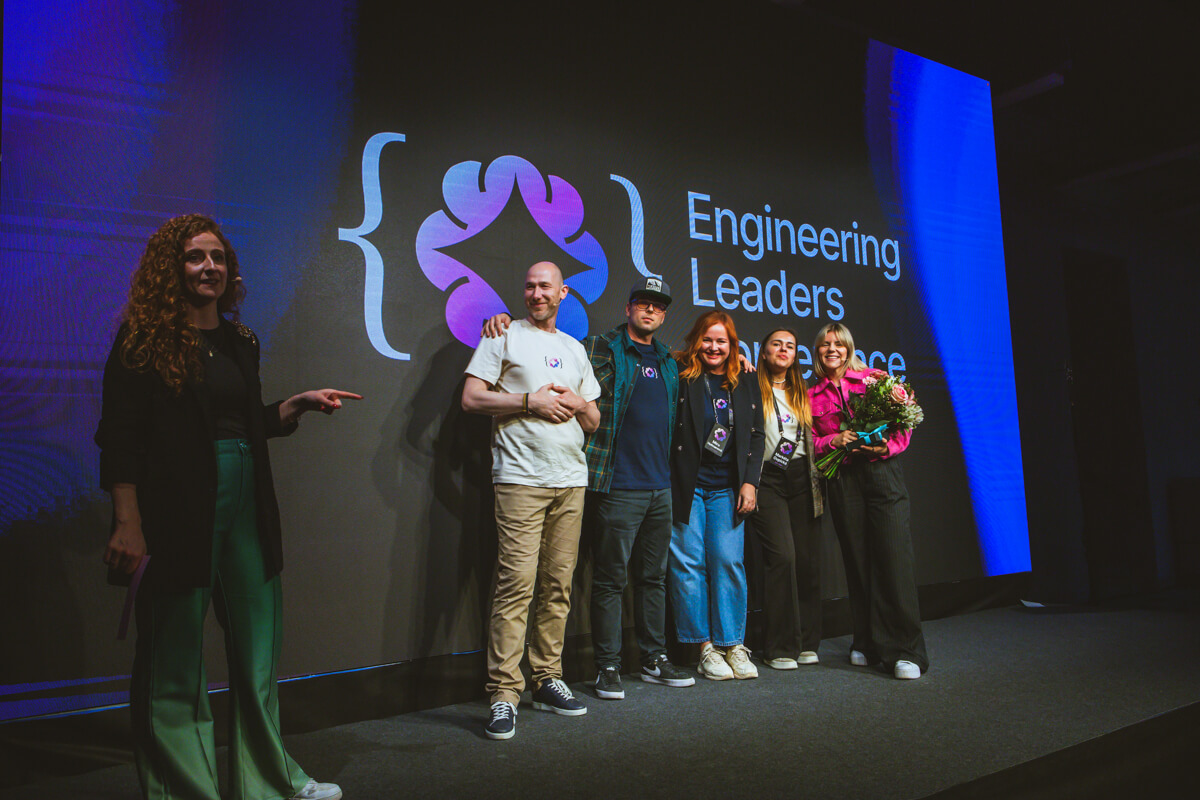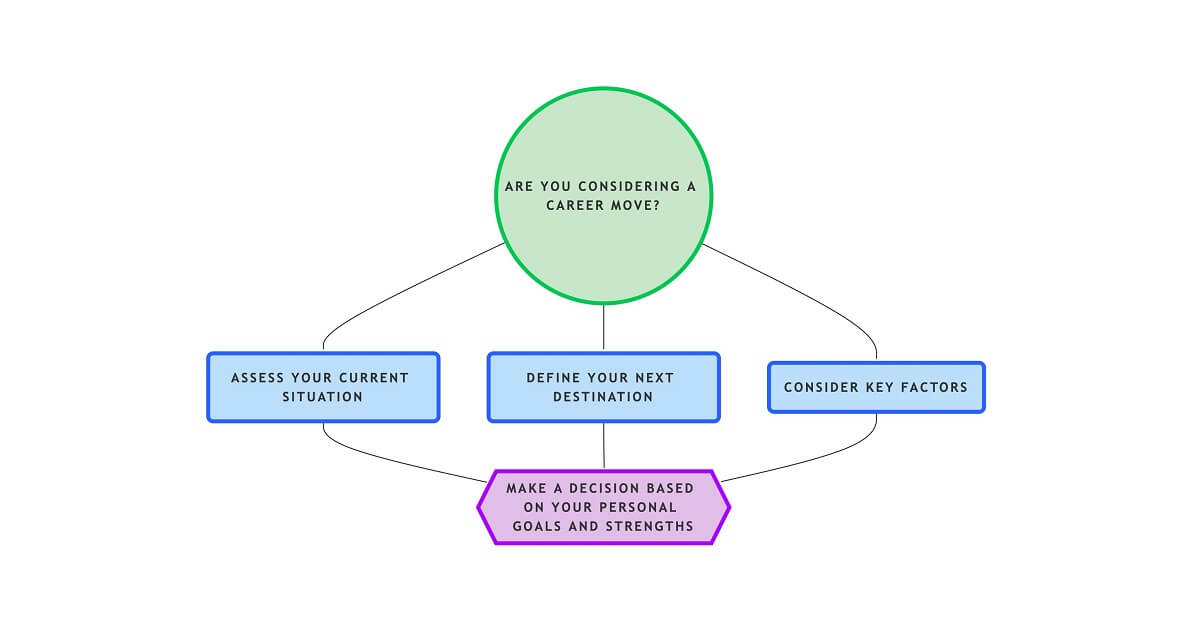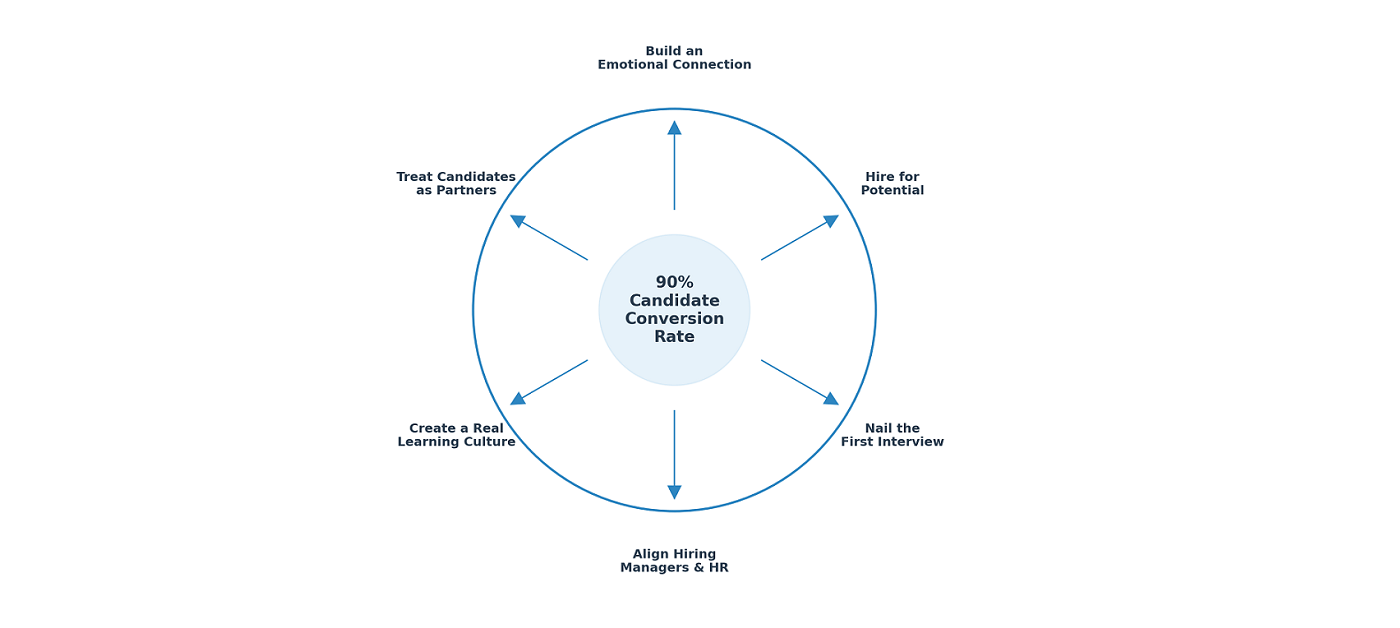
Situation
“I have no time to grow my teammates. We have to deliver.
… I can’t keep up with the pace anymore.” ?
This is a scenario I keep hearing from people in a team lead role.
Exploration ?
Imagine a complementary example you could experience: a team lead is leveled up to the Head of Development role. The promotion is well-deserved after all their achievements in the technical field. Moreover, their team seems to work efficiently, delivering on time.
Nevertheless, the novice 2nd-level manager has a hard time surviving. Why? Their old teammates keep banging on their door to get answers or approval for almost every detail, swallowing ~ 40% of their time ?.
What’s the right move? Usually, it comes down to seeing things from a higher perspective. If you are in a similar situation, you might be asking:
- ➡️ “How do you develop the talent around you? How much time do you allocate to it and how?”
- ➡️ “What’s the team’s success rate regarding the delivery of sprints as planned? How much of the delivery is implemented by yourself in the team lead role?”
Awakening moment ?
Any leader can hire people. A good leader hires talent. A great leader cultivates talent.
You are a hero. A bright and experienced developer in the team you lead. You ensure 99.99% of commitments are delivered, implementing 3/4 of the code on your own. You have high credibility. Life is great.
While it’s true and feels great, there might be a different perception:
If anything bad happens to you, the progress drops to zero. Effectively, you are a bottleneck. People are waiting for your 2nd level code reviews and your technical decisions. They have little space to improve, as all ideas go through your approval. To ensure delivery, you keep the beefy and meaty pieces for yourself. Others are helping you with more minor features, bug fixes, or tests. They seem not to be taken care of, anyway. When it comes to dedicating more time to others, there is not much space left. We have to deliver.
Ask yourself and your manager what is more beneficial for you and the company’s success in the long run: to deploy 1–2 more features or to spend more time educating 1–2 promising individual contributors who will end up boosting your productivity down the road?
You might want to change your perception of measuring triumph and start gaining personal satisfaction from the number of successful releases owned by other people on the team than you.

Action: build a plan ?
- Identify the talent around you. Give it a chance. Multiple times, I witnessed a quiet person or a part-time junior student turn into a team hero in 6 months. Could you give them a hand? Tell them openly that you see a high potential in them and things will change.
- Delegate. I know, the art of delegation is the most challenging part. It’s not about dropping things off our radar. Delegation equals growing others. The best starting point is to delegate ownership of a specific release or outcome end-to-end, from talking to a product manager or a stakeholder to deployment and feature adoption. Ownership translates to being responsible for the success of the delivery, not to implementing the whole scope as a single person. A team lead pays attention to the progress and openly articulates the message “I’m here to help you all the way”. Be it slicing, grooming, or technical advisory.
- To make your team more efficient in the long run, embrace the fact that this new approach will slow down delivery a bit for a couple of months or a year until new talent comes to fruition.
- That is why you might want to adjust the delivery throughput, providing more space for personal growth: Who’s chasing your team to deliver 42 story points on a sprint basis? You and only your team are. You might also come to an agreement to dedicate every second Wednesday to learning, knowledge-sharing, mentoring, or any side-project work.
- What other practical options do you have? Delegate epics. Ask a senior person in your group to personally support a junior student. That move gives them a signal of trust and ultimately boosts the team’s spirit. Pay attention to grooming sessions to ensure the technical design is valid, and the initiative is well-sliced. Prevent overly complex or uncertain issues from entering a sprint! Another neat trick is asking all epic owners to come up with technical and slicing proposals prior to grooming.
- Coach. Don’t advise right away. Solutions suggested by others have a low footprint in peoples’ minds (see the pic above ⬆️).
- If you have to step down to the code to get things back on track, don’t do it on your own. You’d break the principle of ownership, and nobody will sign up for it next time. Pair. Mob.
- A tricky part is to allow people to make mistakes that are not critical. Let’s say you see 1–2 potential edge cases, inexpensive bugs that won’t get covered, or a piece of code that’ll have to get refactored to a better structure. Should you raise your hand?
- After you have built such a plan, talk to your manager. They’ll most certainly congratulate you. Challenge them.
Growth environment ?
You are not alone in boosting the company’s learning and growing environment. In addition to the tips above, there’s a whole ecosystem we can build:
- Specific personal development plans tied to career ladders
- Dedicated innovation days
- Open learning/reading Slack channels
- Cross-exposures
- Free lunch and learn sessions
- Internal and external mentoring
- Personal brand building by blog posting and speaking at meetups or podcasts
- Manager education
- Having leaders worth following
It seems like this type of overview might be an excellent topic for the next blog post. What are your thoughts and experience of being a 1st-time leader?
About Marian Kamenistak
Marian provides coaching and mentoring to engineering managers and leaders across various levels, helping organisations to succeed in building products.
Stay tuned for the next post! ?




